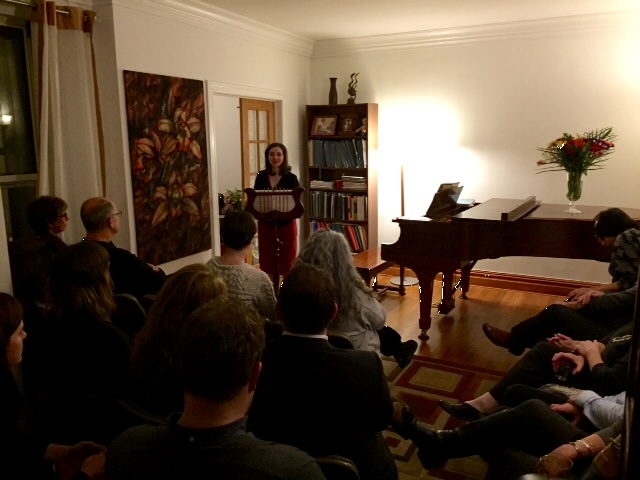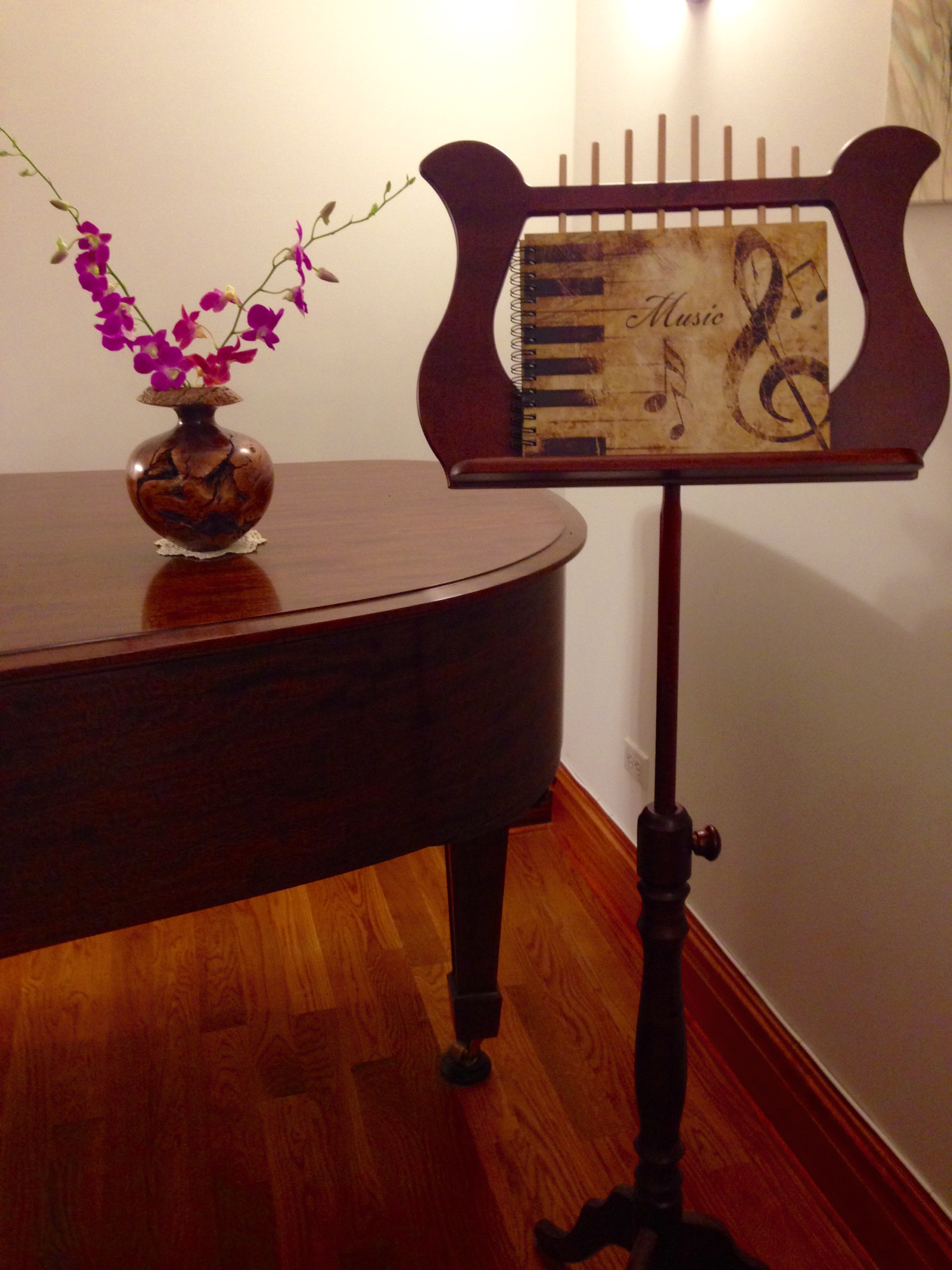French Impressions
Debussy’s Sonata for violin and piano in G minor (1917) was the last work that Debussy composed before he died in 1918. It is a moving representative of his late, laconic and aloof, style remarkable for its brevity (only about 13 minutes in duration). The premiere took place in 1917, with Gaston Poulet on the violin and Debussy himself at the piano. It is imbued with deep melancholy and a subdued tone, revealing Debussy’s innovative harmonies and atmospheric tone colors. It also features great moments of freedom and fantasy for both players alike. The work is cast in three compact movements – the vivacious Allegro vivo, followed by a fanciful and delightfully capricious middle movement, Intermede: Fantasque et leger, and culminating with a rousing Finale: Tres anime.
Francis Poulenc’s Sonata for violin and piano (1942-43) was dedicated to the great Spanish poet Garcia Lorca. Poulenc tried three times to compose a sonata for violin and piano, destroying the original manuscript the first two times. The third time, he wrote to Andre Schaeffner: “I’ve gone back to and completed the sketch for a Sonata for piano and violin. The monster is ready…It’s quite different from the everlasting line of violin-melody of 19th century French sonatas.” A highly satiric and biting work, it consists of three contrasting and impassioned movements: the fiery Allegro con fuoco, the dreamy and nostalgic Intermezzo, and the toccata-like Presto tragico as its almost violent finale. </p>
<p align = “justify”> Olivier Messiaen’s Fantaisie for violin and piano (1933) followed his Theme et Variations for violin and piano, composed just a year earlier. It is a one-movement work dedicated to the composer’s first wife, the violinist Clare Delbos. Like its earlier predecessor, the Fantaisie features some of Messiaen’s signature hallmarks such as a highly spiritualized idiom yet without an explicit theological or religious subtext. Despite the title, which implies a free and rhapsodic nature of the work, the Fantaisie appears to follow a structured template of a first-movement sonata form. An opening declamatory unison theme stated by the piano in ff dynamic, leads into the first, extraverted and agitated, theme. The contrasting second theme, Un peu moins vif mais très passionné, on the other hand is a more dreamy, introverted, and lyrical one. Messiaen introduces brass-like writing and angular rhythms in the piano in the middle section. As the work unfolds through the intense and haunting development section, the two instruments gradually progress to a passionate climax before the reprise of the opening music. The Fantaisie concludes on an explosive note with a virtuosic coda in fff dynamic. </p>
<p align = “justify”> Franck’s Sonata for violin and piano in A Major is one of Franck’s best known works and one of the most beloved works in the entire violin-piano repertoire, given its sheer beauty of melody and rich harmonic language. The Sonata is cyclic in nature, with each of the movements being connected through shared thematic material – a technique that Franck adopted from Franz Liszt, in which themes from one movement reappear in varied form in subsequent movements with a sense of great transformation and metamorphosis. The French composer Vincent d’Indy described Franck’s Sonata as “the first and purest model of the cyclical use of themes in sonata form” and referred to it as “this true musical monument.” The sonata unfolds on a large-scale in four expansive movements. The first movement, Allegretto ben moderato, features a gentle and ruminative first theme in the violin, after a short introduction by the piano, which forms the thematic essence of the entire work. This opening movement serves as a long, fantasy-like introduction to the second, tempestuous and agitated, movement, Allegro, whose great dramatic flair seems to be more fitting for an opening movement. The real fantasy-like movement is Ben moderato: Recitative – Fantasia that follows, both rhapsodic and dreamy in character, structure, and expression. The finale, Allegretto poco mosso, presents the beautiful and leisurely main theme in canonic counterpoint between the two players, which recurs throughout the movement in a rondo form, paving the way to the sonata’s rapturous and brilliant conclusion.</p>
— By Dr. Yelena Grinberg





